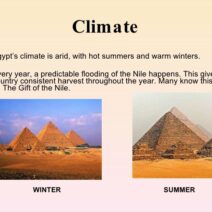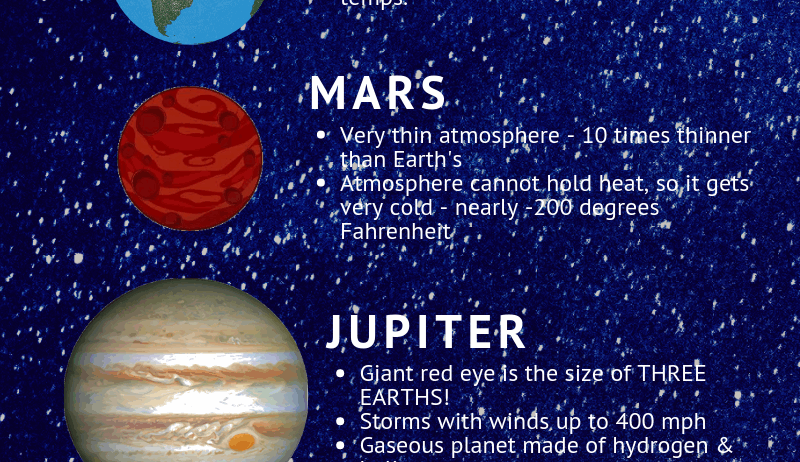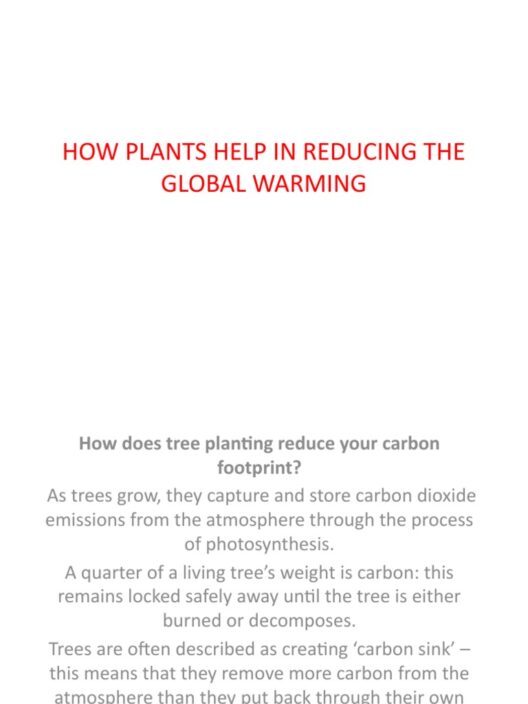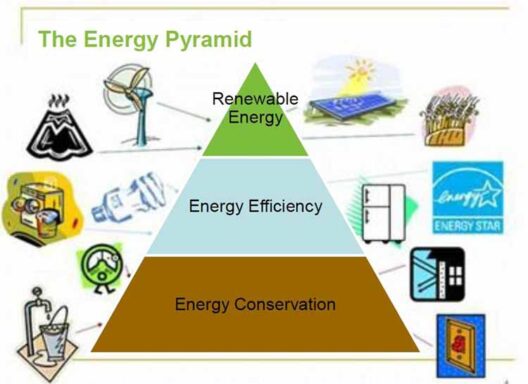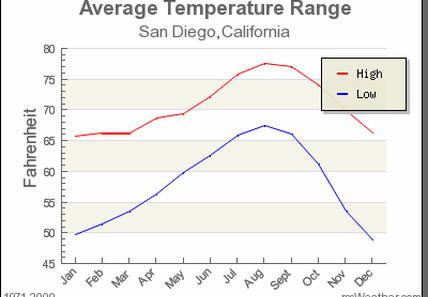The world around us is a tapestry of ever-changing conditions that manifest as weather and climate. But what exactly differentiates these two phenomena? While laypersons often conflate weather with climate, they are distinct yet intertwined elements that shape our environment. Understanding their relationship reveals not only the complexities of our planet’s atmosphere but also offers insights into broader ecological implications.
Weather, in its simplest terms, refers to the short-term state of the atmosphere at a specific place and time. It encompasses various elements, including temperature, humidity, precipitation, wind speed, and atmospheric pressure. To most, these components may seem like mere statistics, yet they play a crucial role in our daily lives. A sunny day can uplift spirits, while torrential rain may dampen plans, illustrating how weather can influence emotions and activities. This intrinsic connection to the human experience is just one reason weather captures our fascination.
In contrast, climate is the long-term average of weather patterns over extended periods—typically 30 years or more. It serves as a broader framework within which we understand weather phenomena. For instance, while a cold snap can abruptly chill an area, the overall climate of a region may still be designated as temperate. Historical climate data not only informs agricultural practices and urban planning but also serves as a crucial metric for studying climate change. The implications of shifts in climate are profound, affecting biodiversity, food security, and human health.
A common observation is the increasing frequency and intensity of extreme weather events. Hurricanes, droughts, and heatwaves are not merely meteorological anomalies; they are manifestations of a changing climate. Climate change, spurred by anthropogenic factors such as greenhouse gas emissions, alters the very fabric of our atmospheric systems. While weather fluctuations can be erratic, the accelerating pace of climate change underscores a disturbing trend. Addressing this observation compels us to delve deeper into the underlying causes and possible solutions.
One area where weather and climate intersect fascinatingly is the concept of microclimates. Within a small geographical area, climate conditions can vary dramatically due to factors such as elevation, vegetation, and human activity. For instance, urban heat islands—cities that exhibit significantly higher temperatures than their rural surroundings—are a product of both local weather patterns and climate. This blending of scales illuminates how human actions can sculpt the environment, magnifying the importance of sustainable practices. The intriguing notion that our individual choices can consequently impact collective climate adds a layer of responsibility to our environmental consciousness.
Moreover, the complexity of global weather systems is an engaging subject worth exploring. The interconnectivity of ocean currents, wind patterns, and atmospheric pressure systems forms a dynamic network that influences weather across the globe. The El Niño and La Niña phenomena exemplify this interconnectedness; they exhibit how alterations in ocean temperatures can drastically affect weather patterns worldwide. These large-scale systems showcase the fragility of our planet’s climate and the ripple effects that a change in one region can have on others, emphasizing our shared fate as stewards of Earth.
In exploring the fun side of weather, one must not overlook its role in shaping cultures and civilizations. Different climates have influenced agricultural practices and architectural styles throughout history. For example, the adobe homes of the Southwest United States are engineered to combat extreme heat, while the thatched roofs in Northern Europe are designed for optimal drainage in a wet climate. Likewise, cultures have been shaped by the seasons, with festivals celebrating harvests and seasonal changes that reflect an intrinsic reverence for the natural world. This relationship between climate and culture invites a broader reflection on how environmental conditions dictate social customs, reinforcing the need for awareness of climate issues.
As we navigate through the intricacies of weather and climate, the discussion inevitably leads to the pressing matter of climate change. The collective guilt and urgency emanating from a planet in peril warrants unyielding action. Educating ourselves and others about the disparities between weather anomalies and long-term climate trends is pivotal. Not only does it remove the veil of misunderstanding, but it also galvanizes individuals and communities to engage in dialogue and action oriented toward sustainability. Simply viewing climate change as a distant concept keeps people from recognizing its immediate impacts. The harsh reality is that adverse weather events, resulting from climate change, are occurring now, influencing agriculture, water supply, and overall living conditions.
In conclusion, comprehending the intricate dynamics of weather and climate reveals the fragility and interdependence of Earth’s systems. Weather serves as the ever-changing face of climate—an immediate manifestation of broader patterns that substantiate its significance. The realization that our actions contribute to climate change galvanizes a sense of urgency to transform our relationship with the environment. By fostering awareness and encouraging sustainable practices, we can preserve not just the climate, but the very fabric of life on this planet. Ин the tapestry of existence, understanding weather and climate is fundamental for a sustainable future.


